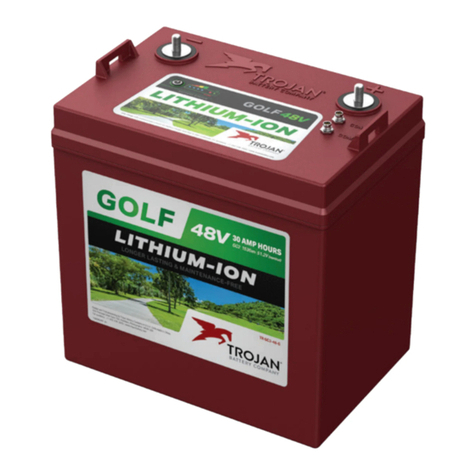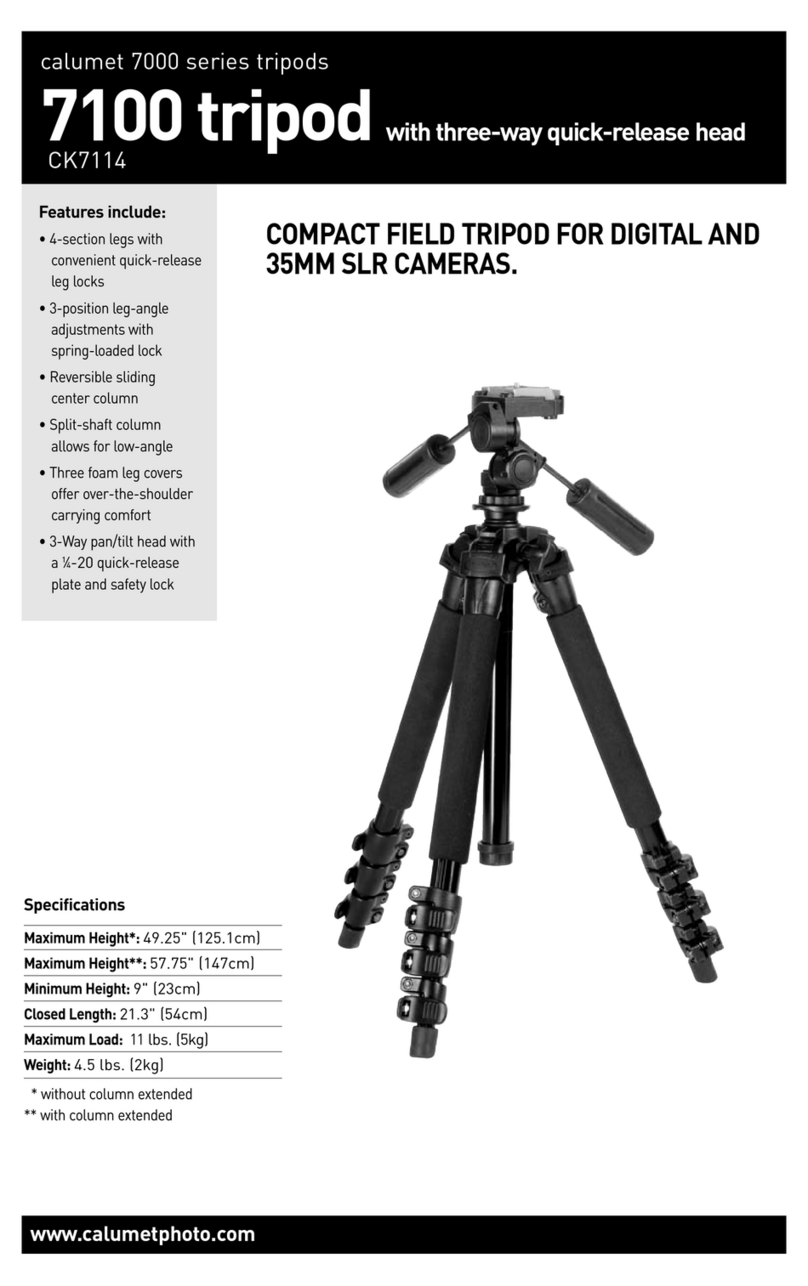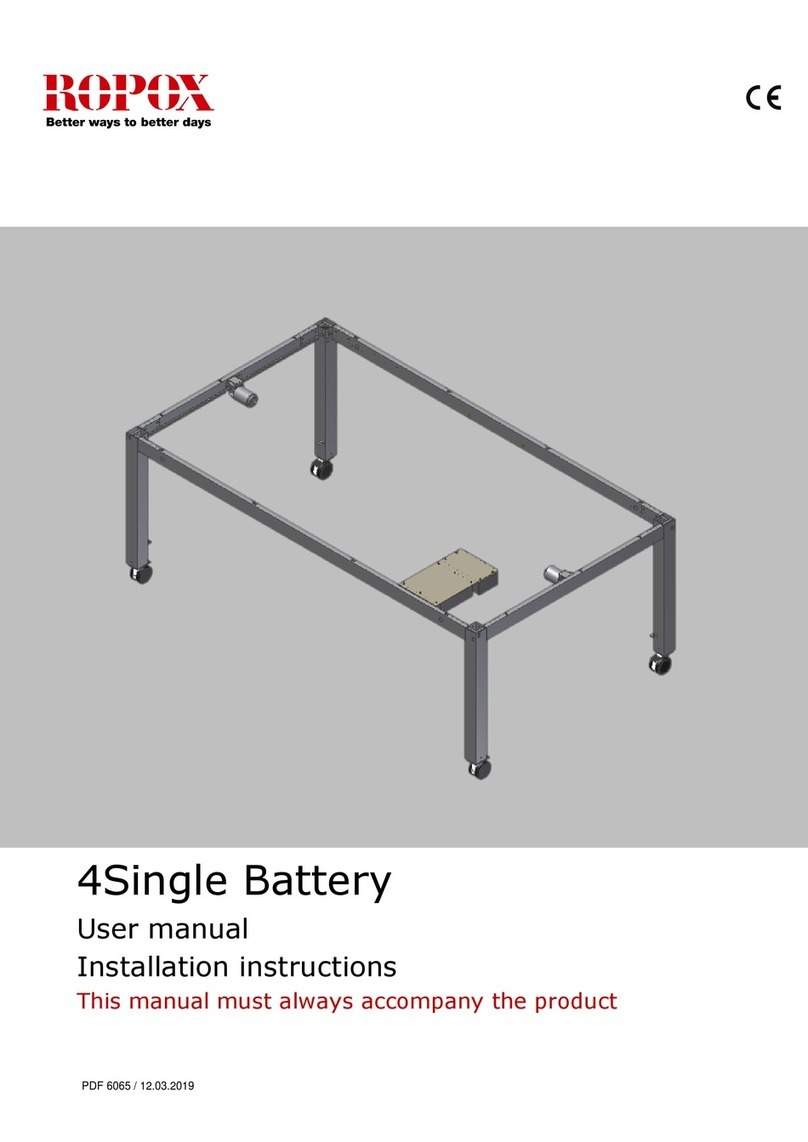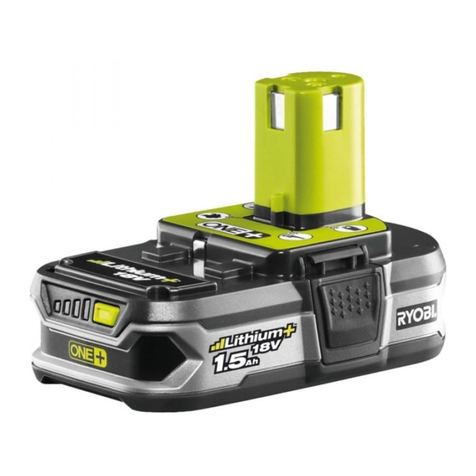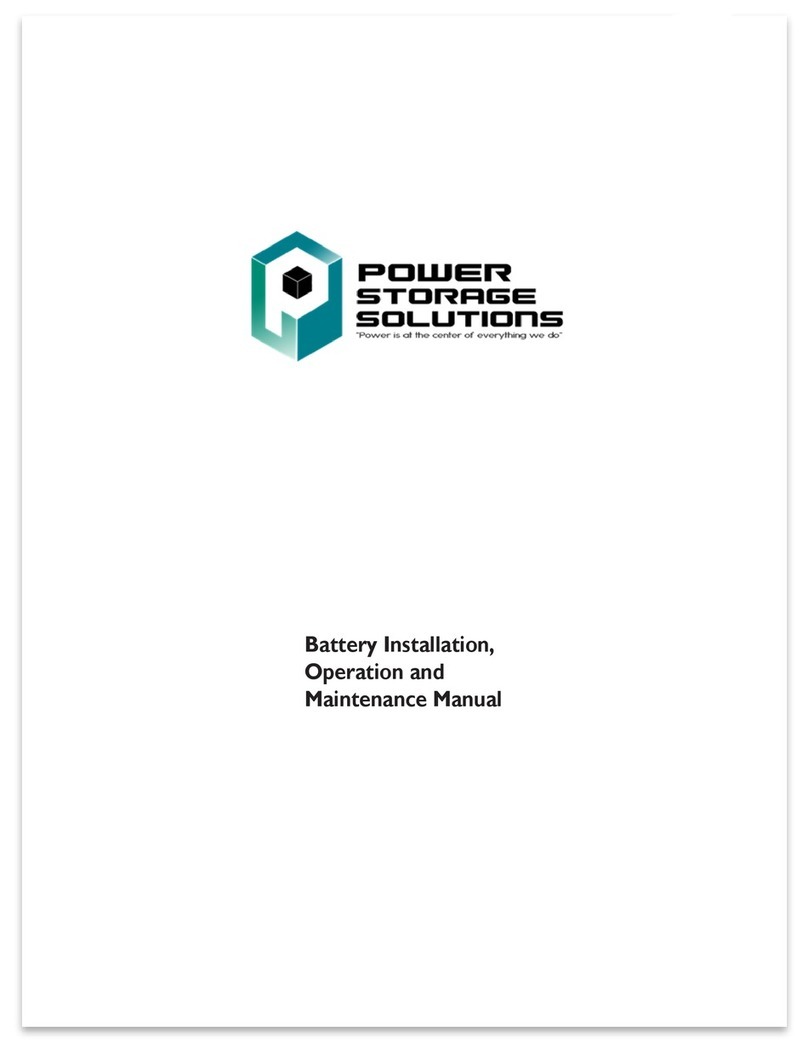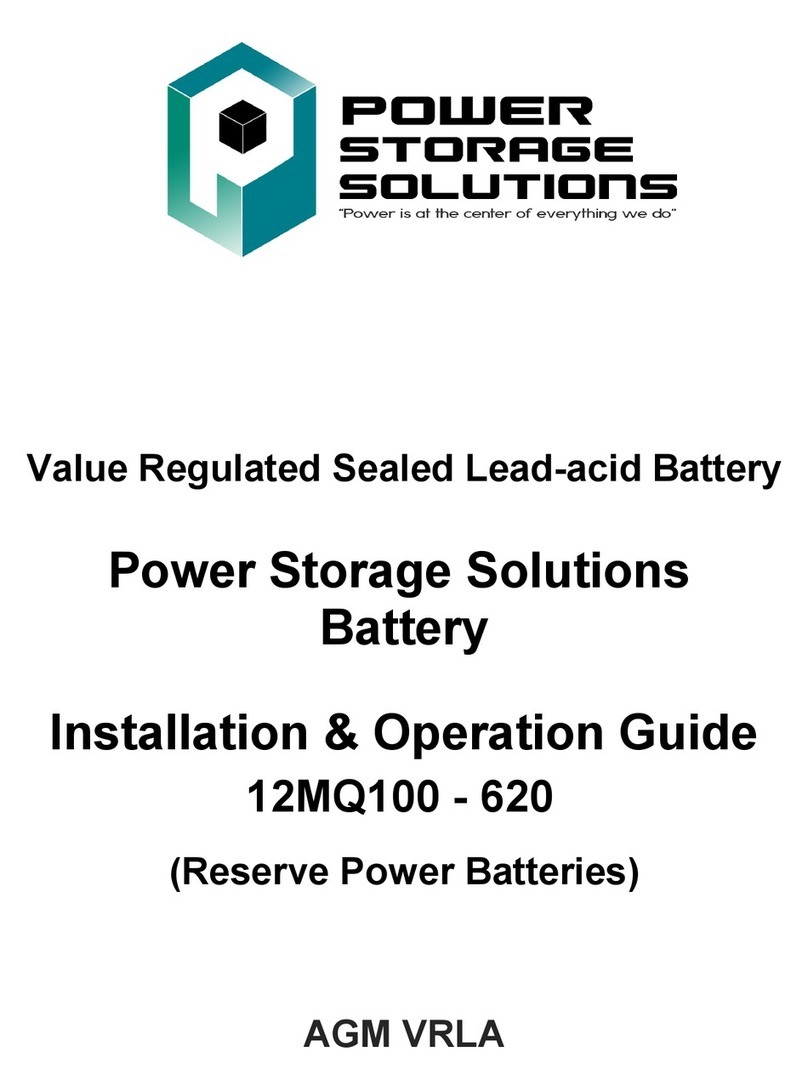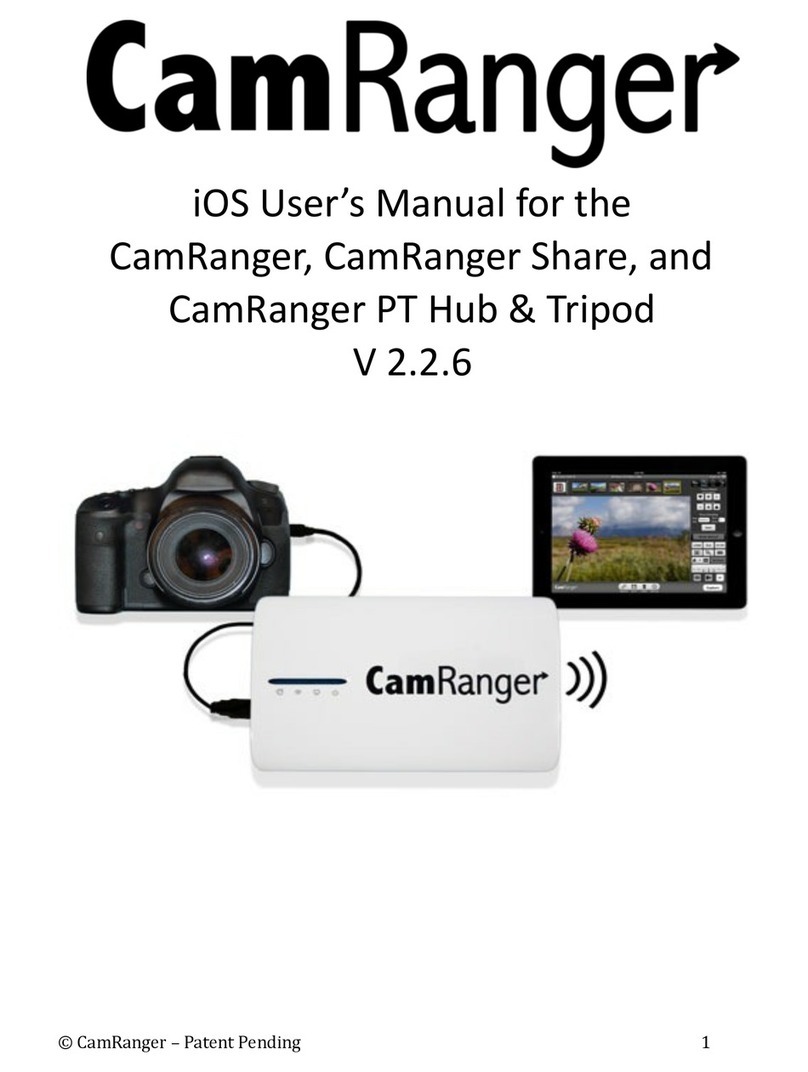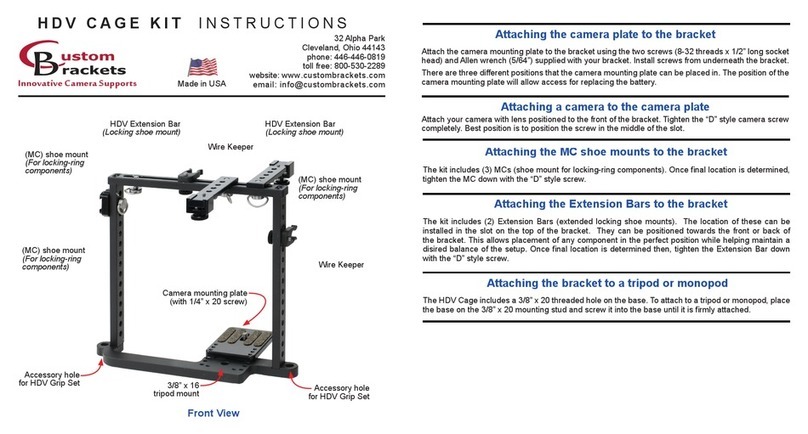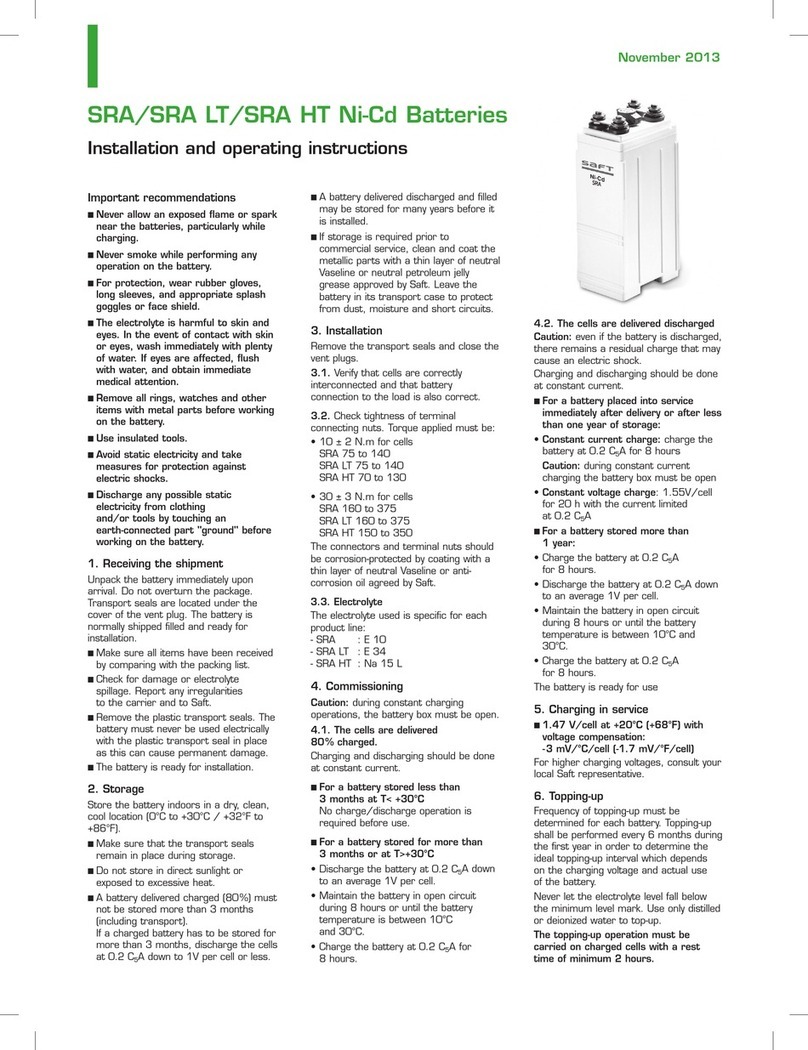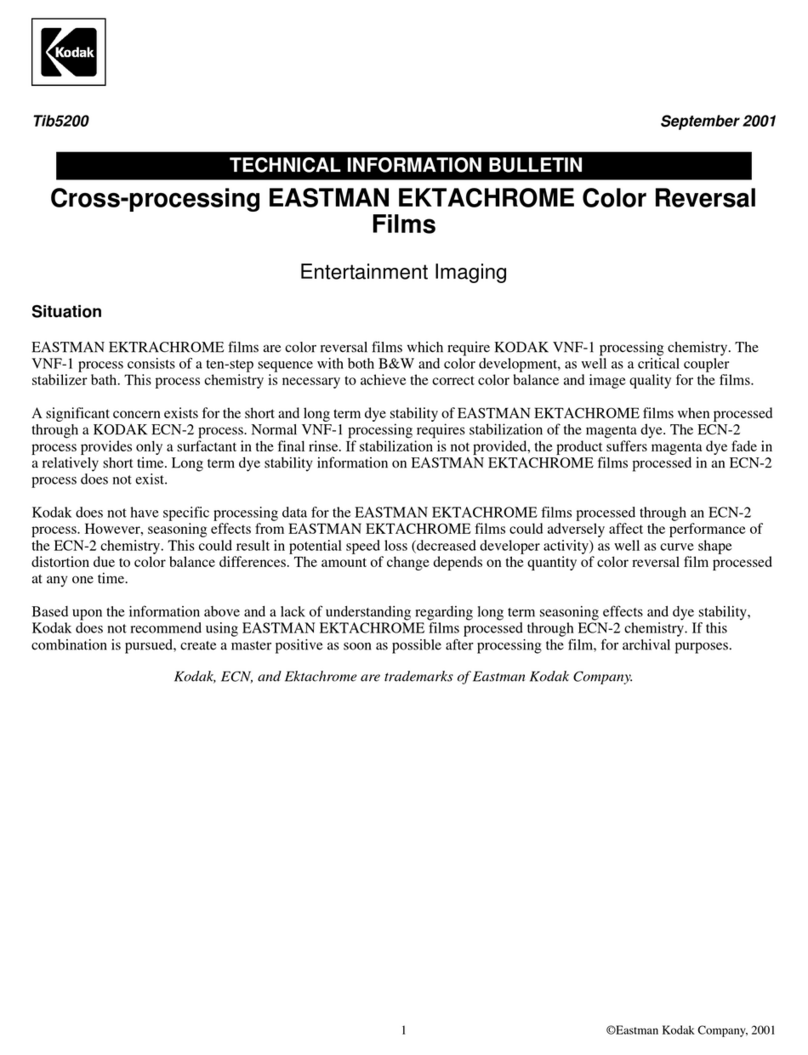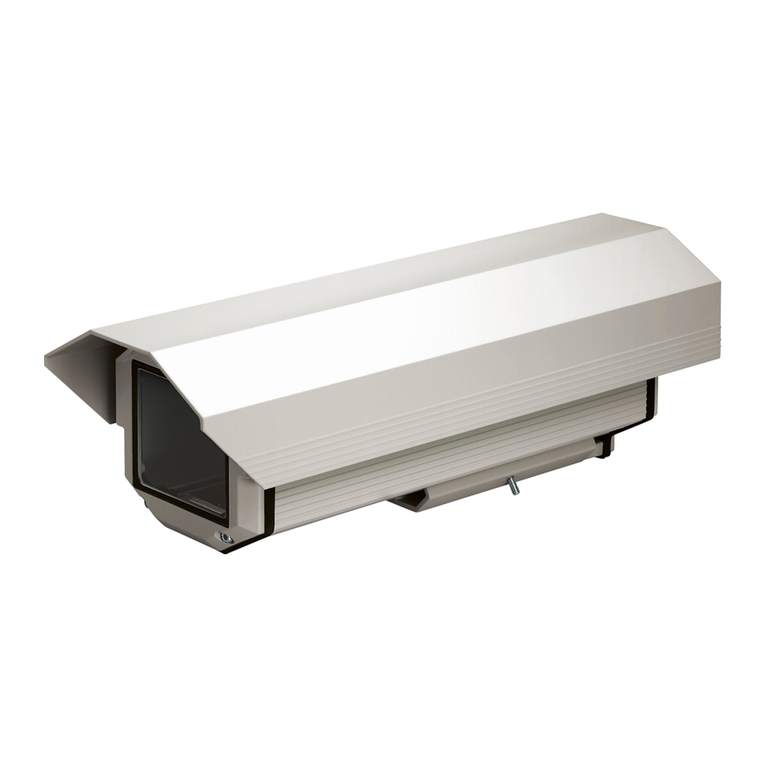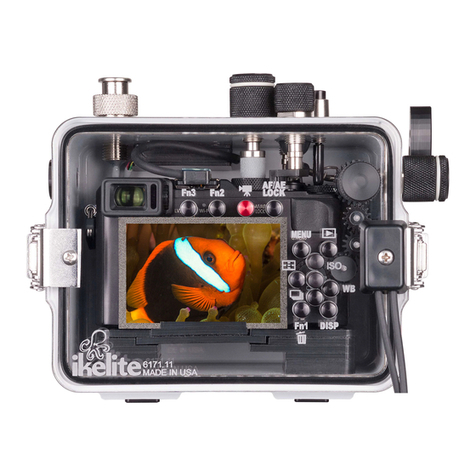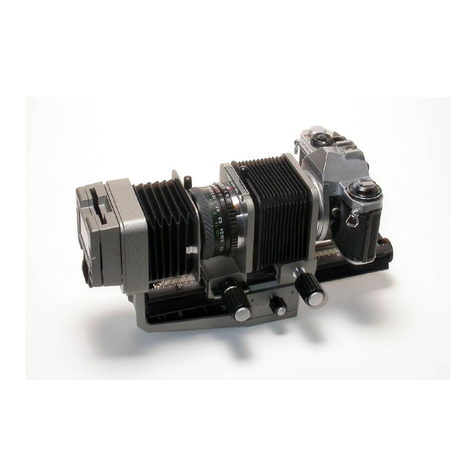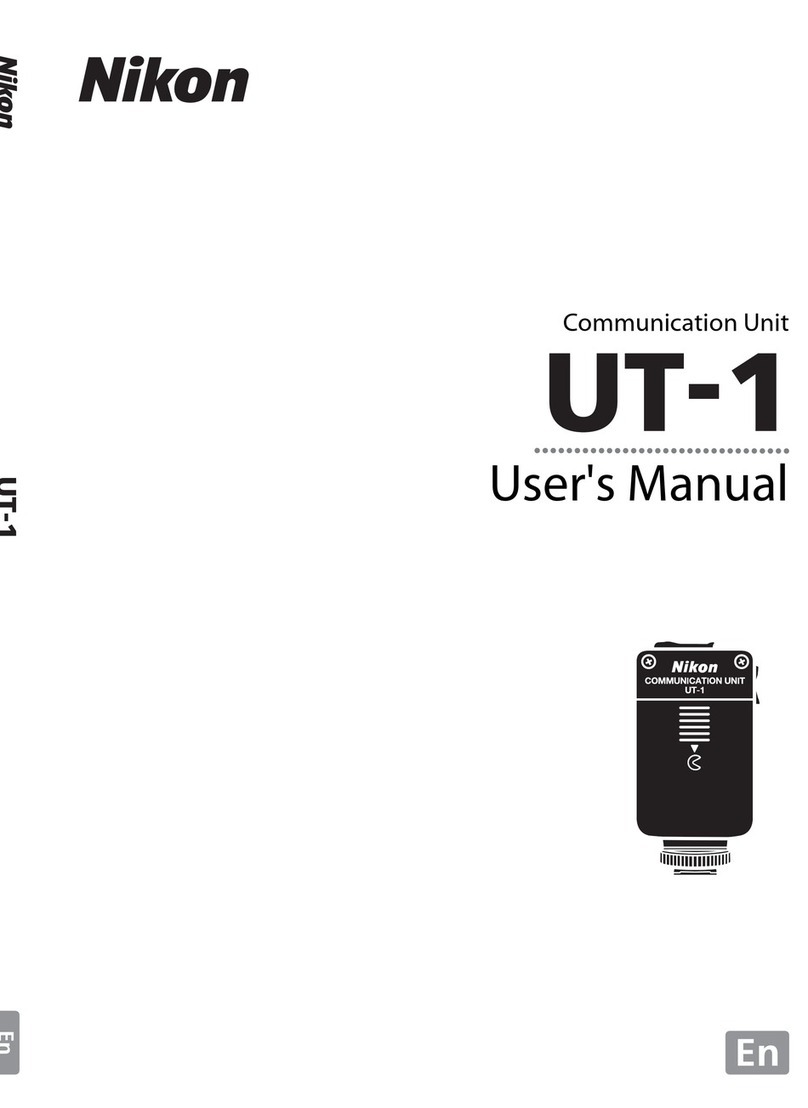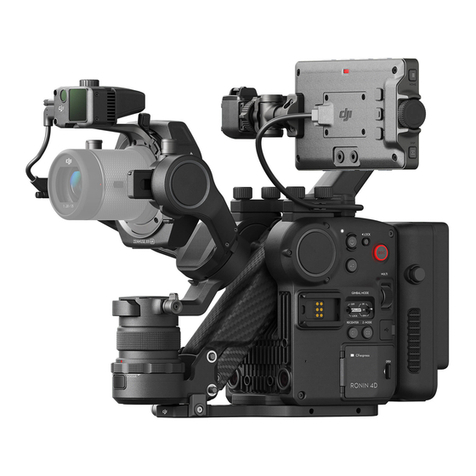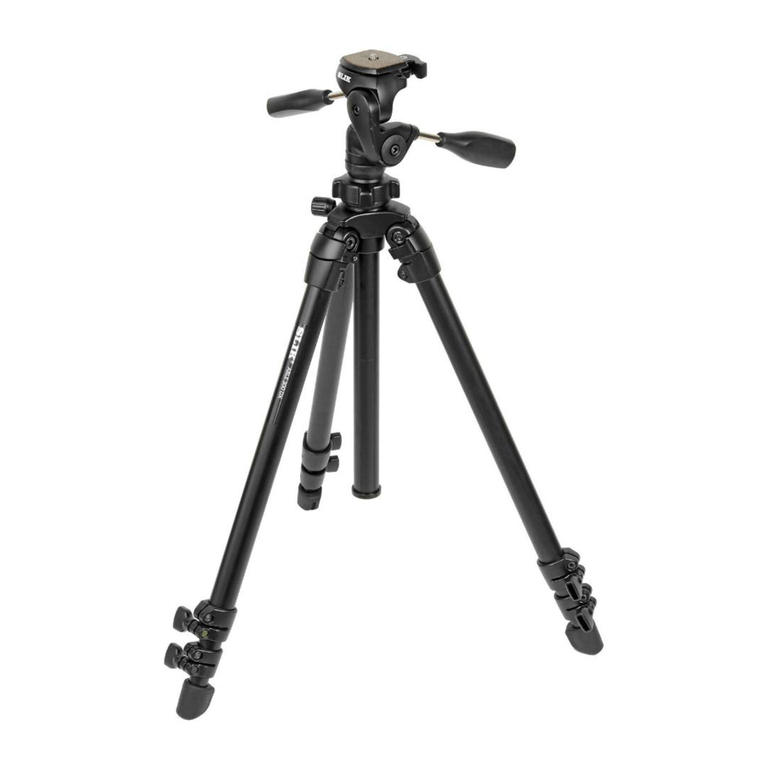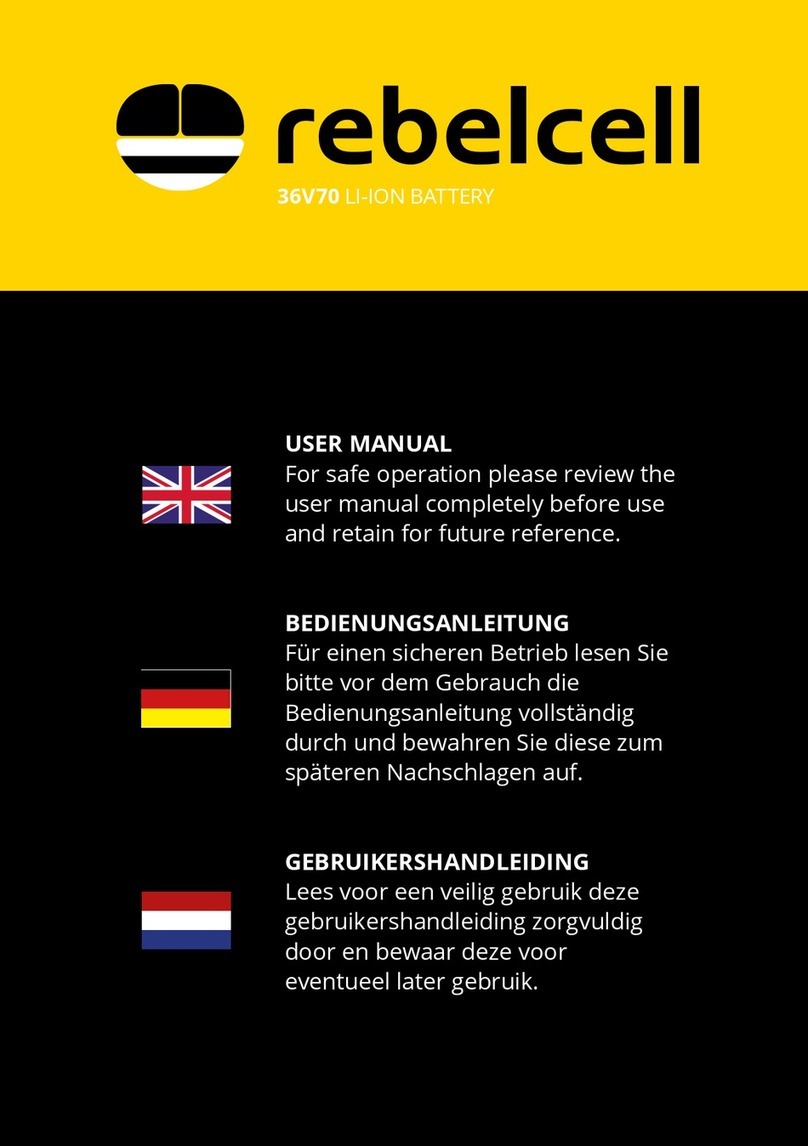
4
Table of Contents
1. Precautions ................................ ................................ ................................ ................................ . 8
1.1 General Safety Precautions ................................ ................................ ................................ ...... 8
2. Installation Precautions ................................ ................................ ................................ ............... 8
2. Product Introduction ................................ ................................ ................................ .................... 9
2.1. Front Panel Function Introduction ................................ ................................ ............................ 9
2.2 Product Specifications ................................ ................................ ................................ ............ 11
2.3 State Indicator ................................ ................................ ................................ ........................ 11
2.4 Protective Functions ................................ ................................ ................................ ............... 12
3. Unpacking the Battery
................................ ................................ ................................ .................... 13
3.1 Parts List................................ ................................ ................................ ................................ . 13
3.2 Visual Inspection of the Modules ................................ ................................ ............................ 15
4. Battery Installation ................................ ................................ ................................ ........................ 15
4.1 Battery Module Installation ................................ ................................ ................................ ...... 16
5. Cable Connection ................................ ................................ ................................ ......................... 18
5.1 Single Battery Connection ................................ ................................ ................................ .. 18
5.2 Connect Cables of the Multiple Batteries in Parallel ................................ ................................ 21
5.3 Visual Inspection of the Connection ................................ ................................ ........................ 23
6. Activate the Product ................................ ................................ ................................ ..................... 23
6.1 Start the Battery ................................ ................................ ................................ ...................... 23
6.2 Monitoring the Battery ................................ ................................ ................................ ............. 23
6.3 Monitoring Software Function Introduction ................................ ................................ .............. 26
7. Inspection, Cleaning and Maintenance ................................ ................................ ......................... 30
7.1 General Information ................................ ................................ ................................ ................ 30
7.2 Inspection ................................ ................................ ................................ ............................... 31
7.3 Cleaning ................................ ................................ ................................ ................................ . 31
7.4 Maintenance ................................ ................................ ................................ ........................... 31
7.5 Storage ................................ ................................ ................................ ................................ ... 31
8. Troubleshooting ................................ ................................ ................................ ........................... 33
9. Transportation Requirements ................................ ................................ ................................ ....... 34
Table of Contents
